Astronomers using the James Webb Space Telescope have discovered a feeding supermassive black hole from when the universe was less than 600 million years old.
Astronomers using the James Webb Space Telescope have detected the most distant, actively-feeding supermassive black hole ever observed. The black hole also happens to be one of the least massive seen in the early universe — measuring the equivalent of about 9 million suns — which is proving challenging to explain.
"Until now, research about objects in the early universe was largely theoretical," Finkelstein said in a statement."With Webb, not only can we see black holes and galaxies at extreme distances, we can now start to accurately measure them. That's the tremendous power of this telescope."The team's results, which represent the first findings from CEERS, were published in May in several papers in a special edition of the Astrophysical Journal Letters.
Scientists have long suspected that such supermassive black holes existed in the early universe, but it is only since the JWST opened its infrared eye to the cosmos in mid-2022 that definite proof has emerged.
United States Latest News, United States Headlines
Similar News:You can also read news stories similar to this one that we have collected from other news sources.
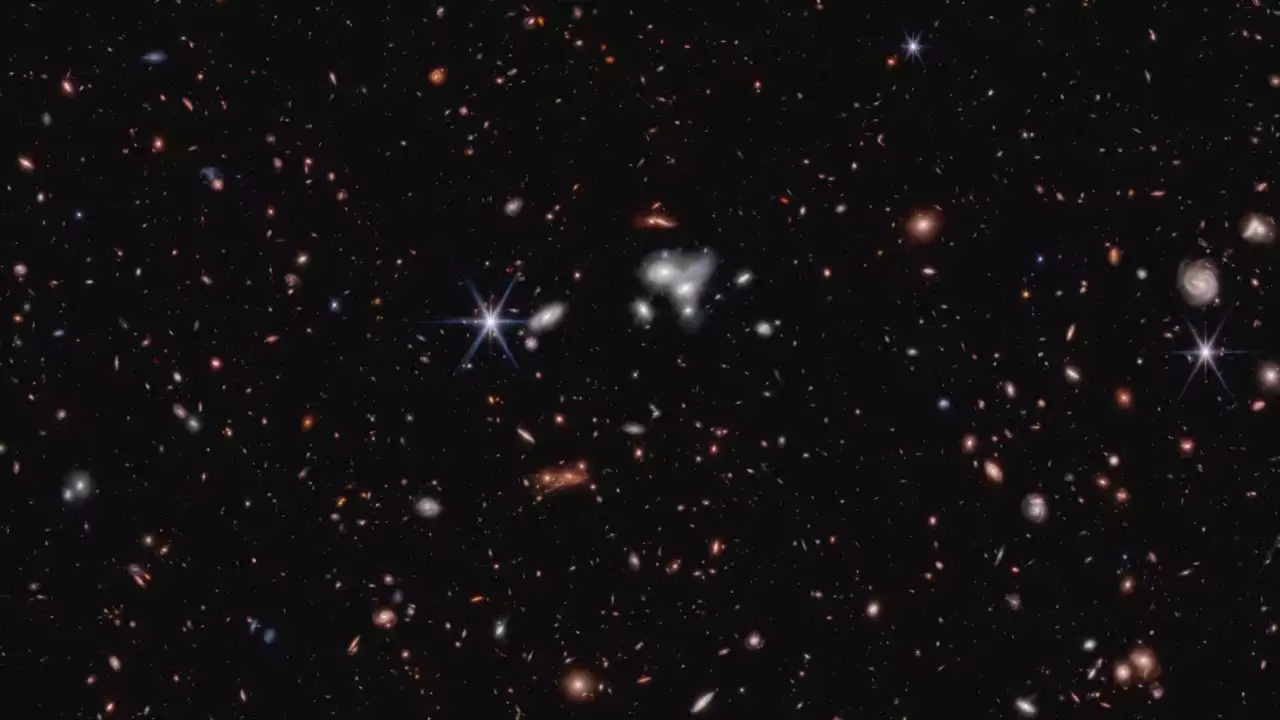 James Webb Space Telescope detects most distant active supermassive black hole ever seenA team of researchers has used the James Webb Space Telescope to uncover the most distant active supermassive black hole seen to date, as well as other finds.
James Webb Space Telescope detects most distant active supermassive black hole ever seenA team of researchers has used the James Webb Space Telescope to uncover the most distant active supermassive black hole seen to date, as well as other finds.
Read more »
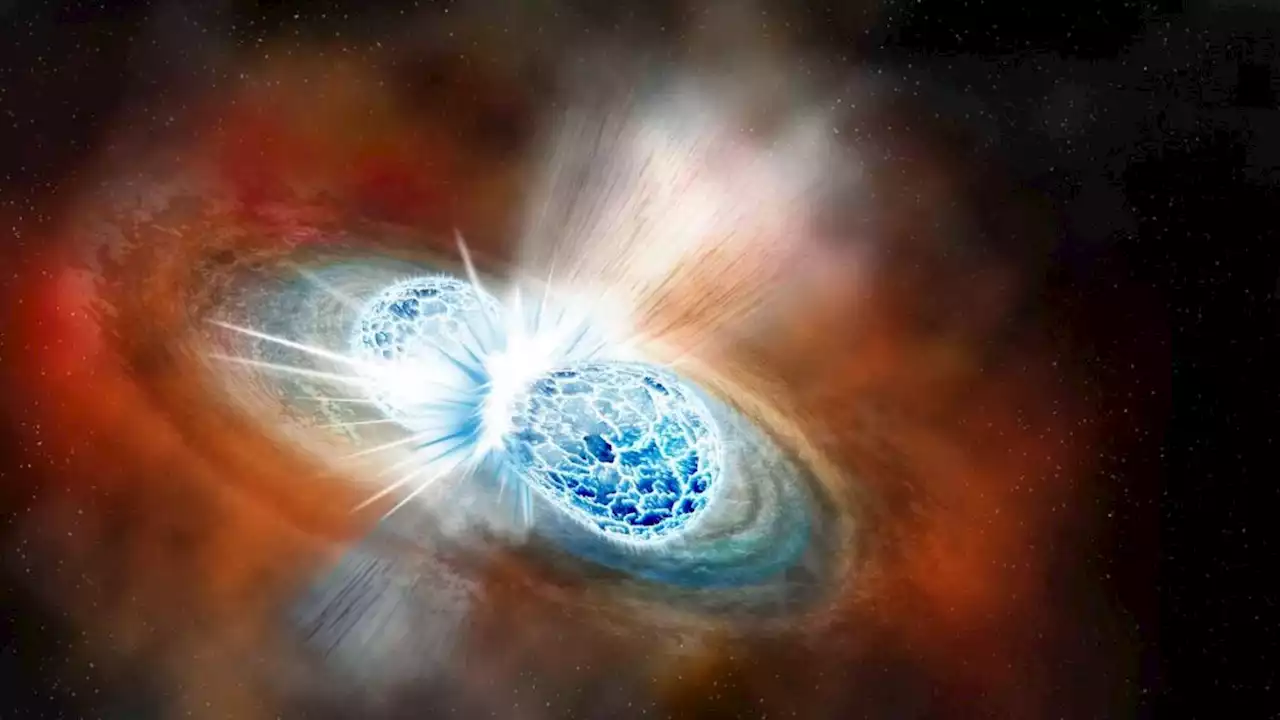 James Webb Space Telescope spots violent collision between neutron starsThe telescope traced an incredibly bright gamma-ray burst to a kilonova, a dramatic event believed to forge heavy elements like gold.
James Webb Space Telescope spots violent collision between neutron starsThe telescope traced an incredibly bright gamma-ray burst to a kilonova, a dramatic event believed to forge heavy elements like gold.
Read more »
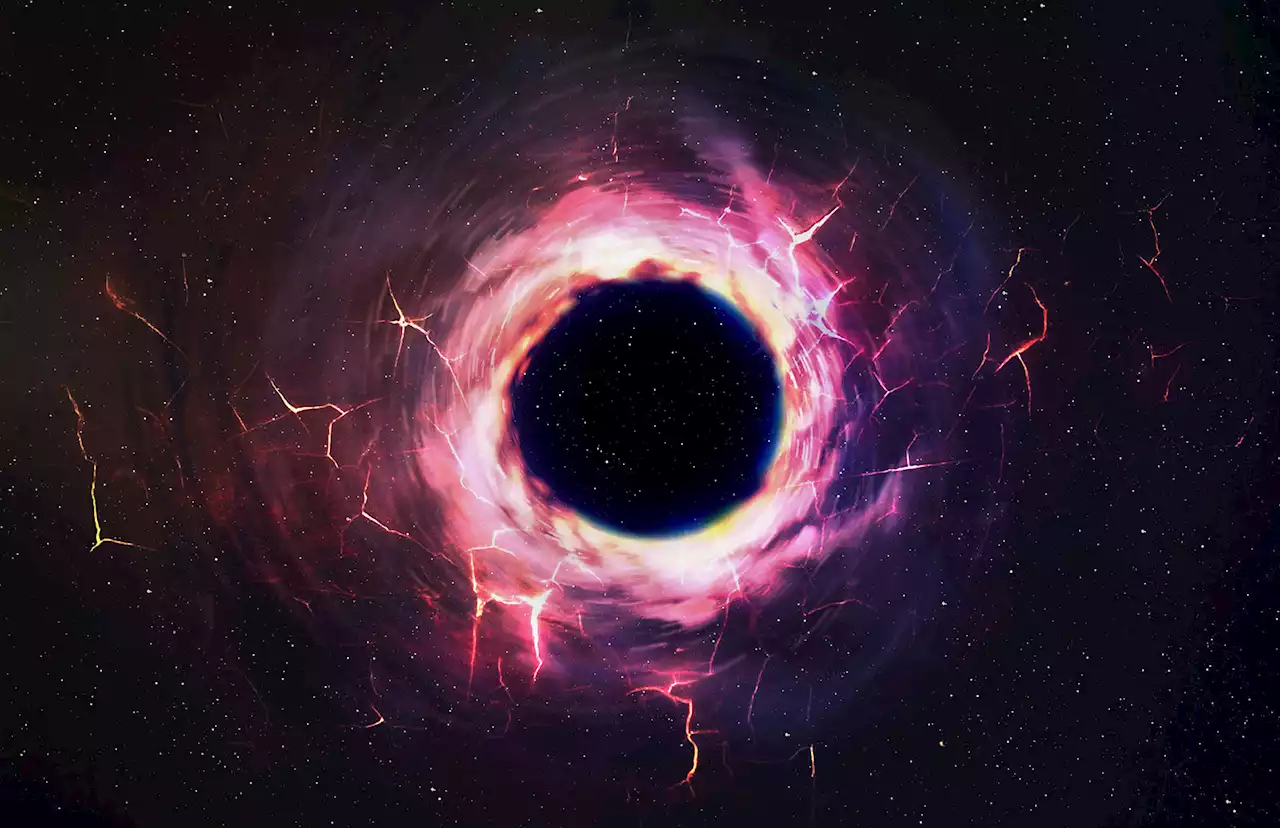 James Webb spots most distant active black hole ever observedThe James Webb Space Telescope has captured observations of the most distant active black hole that we've ever found.
James Webb spots most distant active black hole ever observedThe James Webb Space Telescope has captured observations of the most distant active black hole that we've ever found.
Read more »
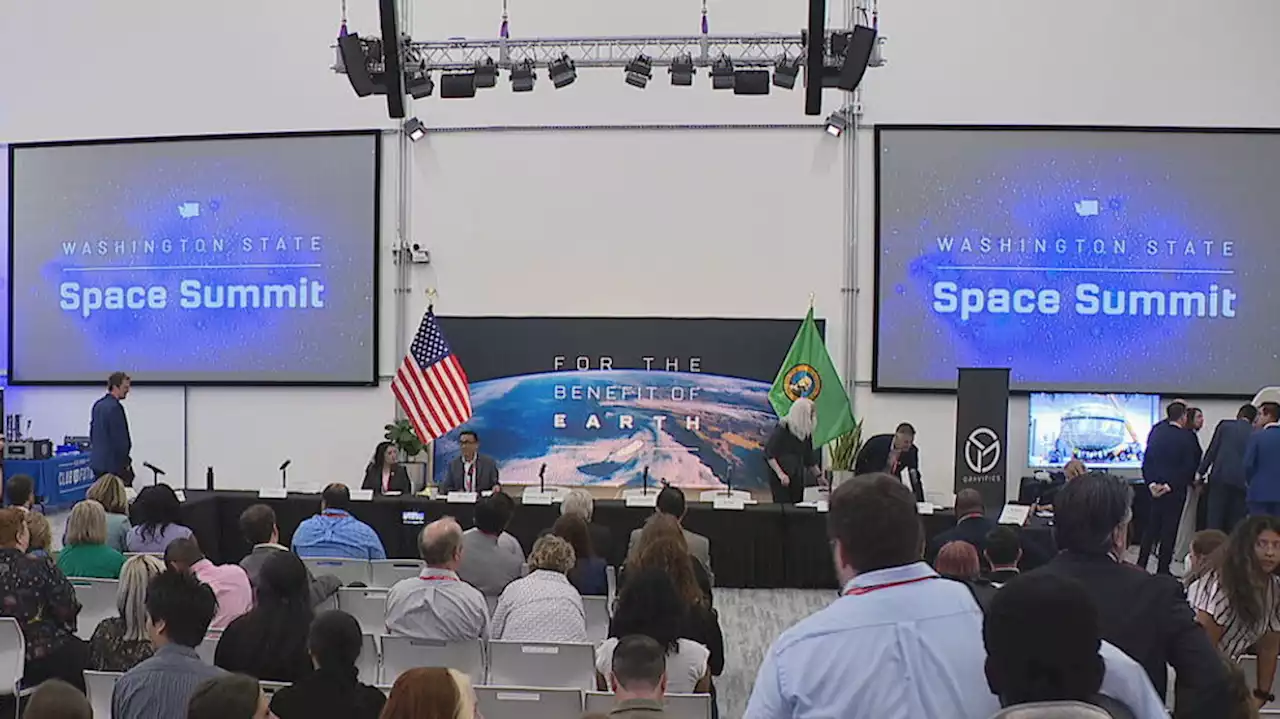 Space summit held in Kent to support local space jobsA Space Summit in Kent brought together leaders in the industry to talk about how the United States can stay at the forefront of space exploration and commerce.
Space summit held in Kent to support local space jobsA Space Summit in Kent brought together leaders in the industry to talk about how the United States can stay at the forefront of space exploration and commerce.
Read more »
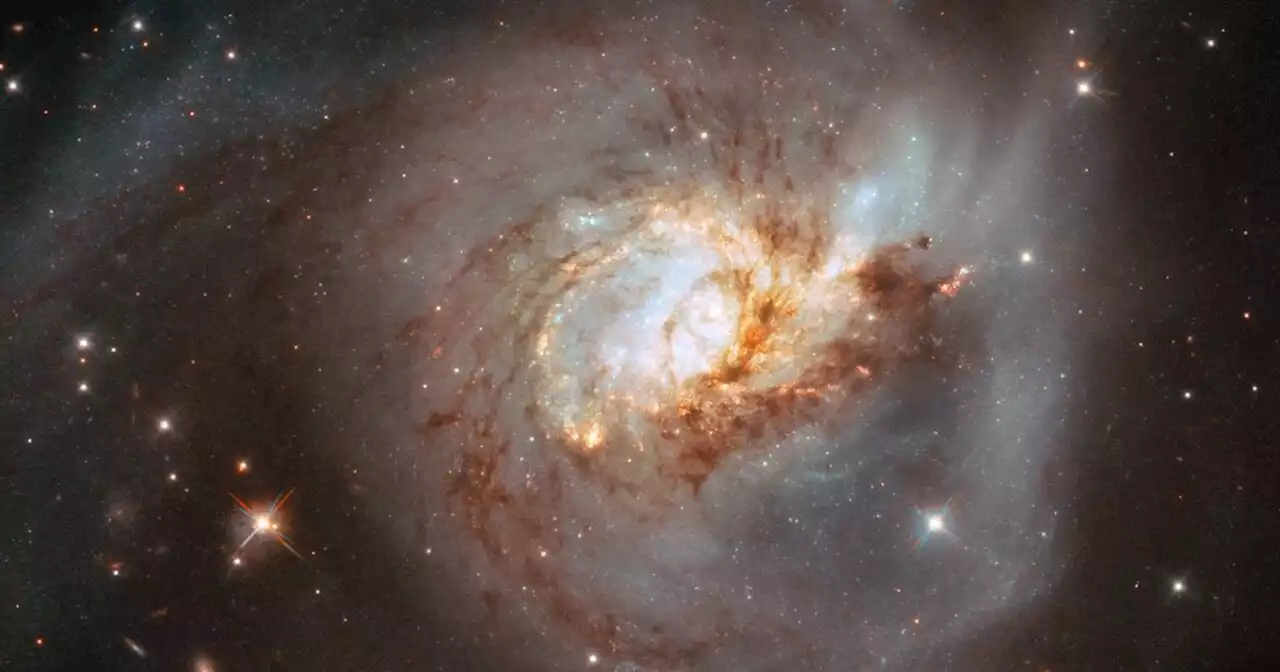 See a comparison of images from Hubble and Webb | Digital TrendsHubble and the James Webb Space Telescope operate in different wavelengths. That means that they can see different aspects of the same objects.
See a comparison of images from Hubble and Webb | Digital TrendsHubble and the James Webb Space Telescope operate in different wavelengths. That means that they can see different aspects of the same objects.
Read more »
